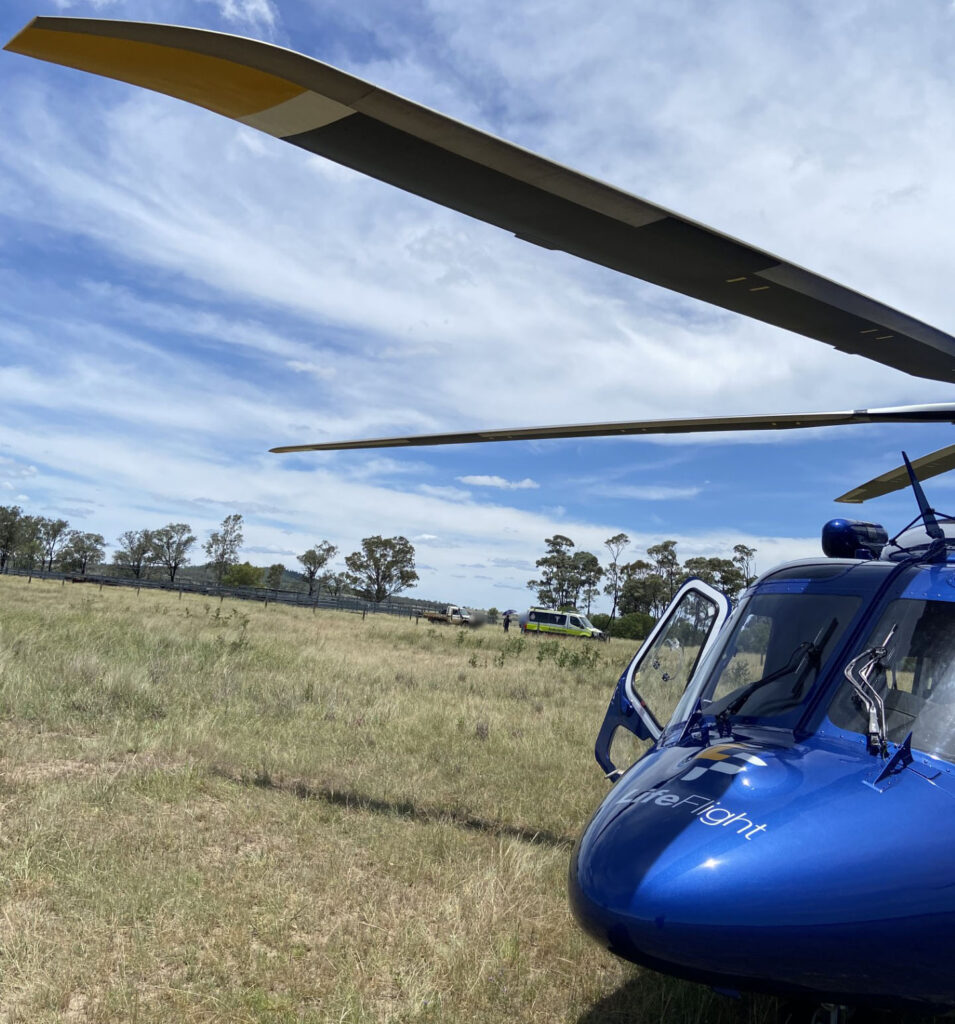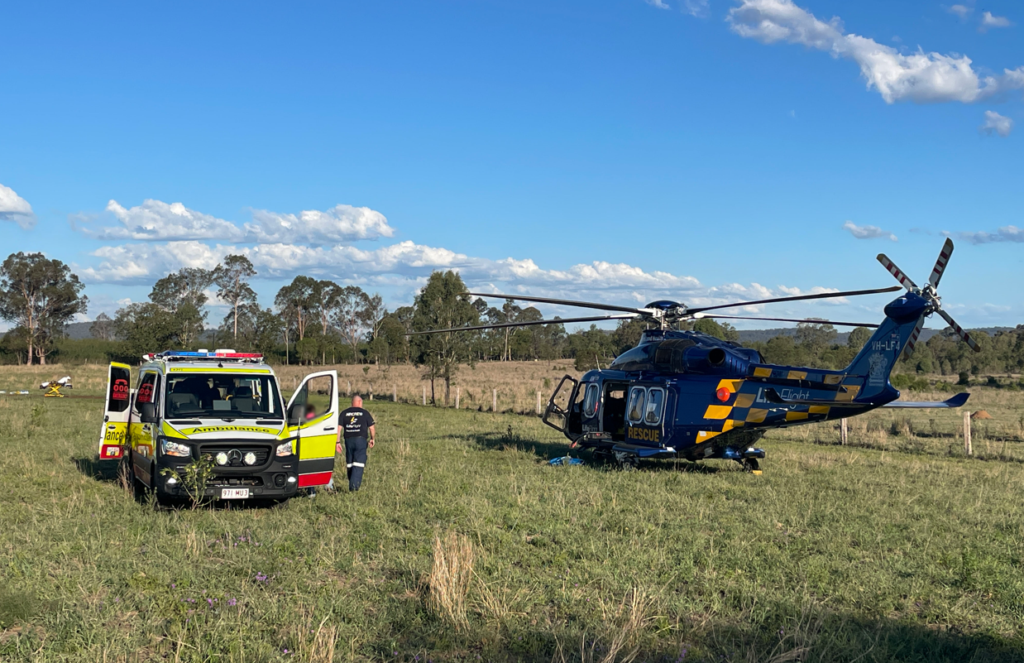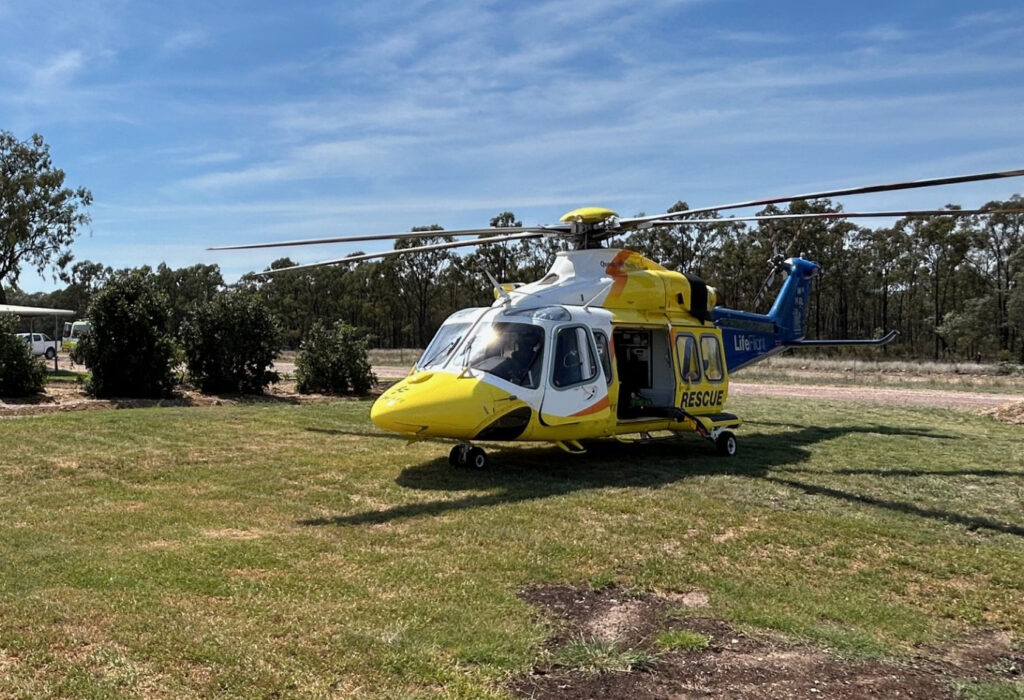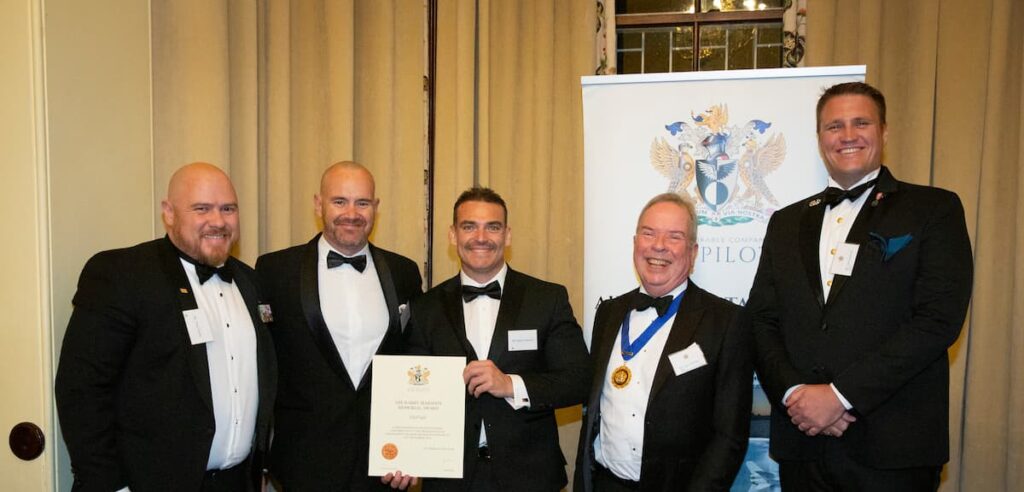LifeFlight Australia helped a record 7455 people in 2023 – a 15 per cent increase on the previous year.
In the outback, out to sea or on the side of a mountain, the helicopter crews completed 2851 missions – an increase of 28 per cent on the previous year total of 2223.
Annual data released by Queensland’s leading aeromedical organisation shows LifeFlight Australia aided 701 patients in July, more than any other single month in the organisation’s 44-year history.
There were 332 search and rescue missions – up a staggering 300 per cent on the previous year – while motor vehicle accidents increased by 13 per cent.
Our choppers spent 4613 hours in the air, with Toowoomba RACQ LifeFlight Rescue crews clocking up the most across the fleet with 1397 hours.
RACQ LifeFlight Rescue’s fleet of helicopters, Air Ambulance jets and specially trained medical teams, including RACQ LifeFlight Rescue Critical Care Doctors, Flight Nurses and Queensland Ambulance Service (QAS) Paramedics, helped patients suffering a range of illnesses and injuries.
LifeFlight Australia Chief Operating Officer Lee Schofield, said rescue crews helped a significant number of people, equal to 143 patients per week – or one every 70 minutes.
“The sheer volume and complexity of the missions just goes to show how indispensable LifeFlight’s aeromedical service is across the state,” he said.
“When you look at the circumstances and scale of the operations over the past year, the life-saving capability of the organisation matched with aviation innovation and engineering, has really shone.
“Often our crews are called on in the middle of the night to airlift patients in remote and precarious places and transport them safely to hospitals.”
RACQ LifeFlight Rescue crews were quickly on the scene when a light plane ditched into the sea off Mooloolaba in November, only to be tasked two days later when a light plane cartwheeled across a Sunshine Coast backyard.
The Brisbane aeromedical team, based at Brisbane Airport, was part of the multi-agency response to the tragic Sea World helicopter crash on the Gold Coast in January, while the Townsville-based Air Ambulance jet was tasked to a life-saving repatriation of Gold Coast surfer Mark Richardson from Bali.
The Toowoomba crew winched a woman to safety after she fell 20 metres while climbing Table Top Mountain. She tumbled down the cliff face and then landed and was trapped in the fork of a tree, on a difficult to access and extremely rocky section of the mountain.
And on April 3, a child was bitten by a dingo on K’gari (Fraser Island) and the Bundaberg RACQ LifeFlight Rescue helicopter crew airlifted the girl to hospital.
The majority of patients helped by RACQ LifeFlight Australia Rescue crews were treated or airlifted in missions tasked by Queensland Health, with male patients making up 62 per cent.
An independent report by Queensland Economic Advocacy Solutions showed LifeFlight provides more than $1billion in social and economic benefits to the state each year through its life-saving aeromedical services to Queenslanders.
The organisation directly provided a net injection of $95 million into the Queensland economy through its profit for purpose activities as well as the operation of eight Queensland bases, training academy, foundation and engineering facilities.
The community impact from LifeFlight’s services is significant with every $1 spent equating to a social benefit of $8.20. This means the value to community in the number of lives saved and the economic benefit outstripped the cost of providing the service by eight times.
“LifeFlight is constantly evolving and investing in our capabilities to ensure that we can provide high level coverage and care when people need us. It doesn’t matter where or when an emergency occurs, our crews are 24-7 ready-to-go,” said Mr Schofield.
“I am incredibly proud of our staff and their efforts to deliver world class emergency care and I thank them for their work in what has been a record year of activity for the organisation.”
LifeFlight’s fleet of four Air Ambulance jets and nine rotary wing aircraft operates from eight Queensland bases and is available 24 hours a day, 365 days a year, s directly servicing an area of 1.85 million square kilometres. It supports search and rescue efforts across 53 million square kilometres of land and sea for the Australian Maritime Safety Authority.
Medical teams work onboard a network of both rotary-wing and fixed-wing aircraft from aeromedical bases, including Cairns, Townsville, Mackay, Rockhampton, Bundaberg, Sunshine Coast, Toowoomba, Roma and Brisbane.
LifeFlight’s Brisbane Airport base is home to RACQ LifeFlight Rescue Air Ambulance jets, with another jet base in Townsville to ensure long-distance fixed wing aeromedical coverage.
The jet crews helped 634 people in 2023, a 30 per cent spike from 487 in 2022.
LifeFlight Australia Medical Director Dr Jeff Hooper, said the level of care provided to people in distress, often in mid-air or in challenging conditions, has made LifeFlight a world leader in the aeromedical sector.
“Teams are specially trained to administer emergency medical treatment while exposed to the elements or operating 12,000 feet above ground in the back of a helicopter,” he said.
“Aeromedical intervention can significantly increase a patient’s chance of survival and assist in a shorter recovery time. Our doctors, nurses and paramedics act as a mobile intensive care unit wherever they are called.
“It could be in a remote region where the chopper has had to land in the middle of the road to get urgent care to patients, or to provide life-saving blood to injured people at the scene or during international repatriations, as we did with Mark Richardson in Bali.”
While 2023 saw numerous dramatic rescue missions, much of LifeFlight’s aeromedical work involves Inter-Facility Transfers (IFT) – moving patients between medical facilities. This ensures all communities have equal access to the best possible healthcare, no matter where they live. There was a 70 per cent increase in these missions.
The RACQ LifeFlight Rescue and LifeFlight Surat Gas Aeromedical Service (SGAS) rotary wing fleet completed 2,177 critical missions and was called into action to help Queenslanders across a range of emergencies, from search and rescues in bushland or out at sea, to cardiac incidents.
SGAS was created in partnership with LifeFlight and four CSG/LNG organisations – Arrow Energy, Origin Energy, Shell QGC and Santos – to ensure company employees, their contractors and the wider South-Western Queensland community have access to prompt emergency medical services and to minimise the impact on local medical services.
As part of its commitment to the south-west region, SGAS donates 150 flying hours to the community.
While 2023 proved a remarkable year, another major milestone in 2024 will be realised when LifeFlight Australia celebrates 45 years of service in December. It will coincide with a 30-year partnership with naming rights sponsor RACQ.
“We’re immensely proud to support an organisation that saves so many lives and has such a positive impact on the communities it serves,” said RACQ’s Lauren Cooney.
“The reason Australia’s biggest emergency aeromedical provider and RACQ became partners hasn’t changed in three decades. We share a passion and a commitment for safety and saving lives.”
Since its inception 44 years ago LifeFlight Australia has helped rescue more than 81,000 people.
The service is funded by a combination of a service agreement with the Queensland Government, community fundraising, the sponsorship of RACQ and profit-for-purpose enterprises.










